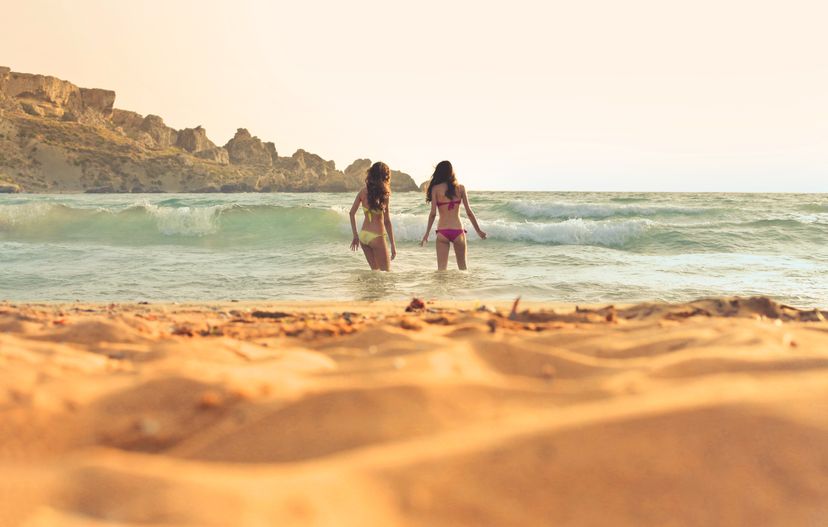Malta’s history spans thousands of years, with a civilization that has been under the control of various empires and nations, including:
- Phoenicians
- Carthaginians
- Greeks
- Romans
- Byzantines
- Moors
- Normans
- Sicilians
- Spanish
- Knights of St. John
- French
The capital city of Valletta, established in 1566 by the Knights of St. John, serves as a testament to the rich history of the island, with several national museums showcasing its captivating past.
The Armed Forces of Malta, established during the British colony era, is a unified force comprising:
- Land component
- Maritime component
- Air component
- Volunteer Reserve Force
In terms of security policy, Malta sets itself apart from other European countries by adhering to a policy of neutrality.
Delving into Malta’s rich history, one can witness the lasting impact of foreign rulers, their architectural marvels, and the unique cultural traditions they left behind. From ancient temples to the fortified city of Valletta, Malta’s history is a treasure trove waiting to be explored.
The Knights of St. John
The Knights of St. John played a significant role in shaping Malta’s history, architecture, and culture. Their legacy is still evident in the magnificent buildings and art that adorn the island. The Grand Master was a prominent figure in Malta’s history, and his palace, established in 1571, served as the seat of the Knights’ government and their residence. Today, the Grandmaster’s Palace is the official home of Malta’s president and is easily accessible via the national airline, Air Malta.
During their rule, the Knights of St. John.
- Successfully defended Malta against the Ottoman Empire in the Great Siege of 1565
- Built the fortified city of Valletta, which is now a UNESCO World Heritage site
- Established St. John’s Co-Cathedral, a Baroque masterpiece that houses Caravaggio’s famous painting “The Beheading of St John the Baptist”
The influence of the Knights of St. John can be seen in:
- the architectural marvels
- the cultural traditions
- the beautiful buildings
- the art
- the enduring sense of pride among the Maltese people
Their legacy lives on and has shaped Malta’s identity.
British Colonial Era
The British colonial era in Malta began in 1813 when the British assumed control of the island, establishing it as a protectorate and an important naval base. Malta’s strategic location made it a key player during both World Wars, particularly during World War II when the island endured relentless bombing from Italy and Germany. The Maltese people’s courage during the Second World War is well documented, and in recognition of their resilience, King George VI of Britain bestowed the George Cross on the entire island. This symbol of bravery is still present on the Malta flag today.
Malta eventually achieved independence in 1964 and became a republic in 1974. The British colonial era left a lasting impact on Malta’s political, economic, and cultural landscape, and it remains an essential part of the island’s rich history.
Independence and European Union Membership
Malta’s journey towards independence and European Union membership is a testament to its resilience and determination. The island nation declared its independence on September 21, 1964, marking a significant milestone in its history. Malta then became a republic in 1974, further solidifying its sovereignty and self-governance.
In 2004, Malta joined the European Union, strengthening its ties with other member nations and expanding its influence on the global stage. With the Malta signed agreement, the island’s accession to the EU has brought numerous benefits, including increased trade, investment, and support for its growing industries.
Today, Malta stands as a proud and independent nation, with a unique political system and a strong commitment to the European Union. Its history of perseverance and adaptability, in which Malta played a crucial role, serves as an inspiration to nations around the world.
